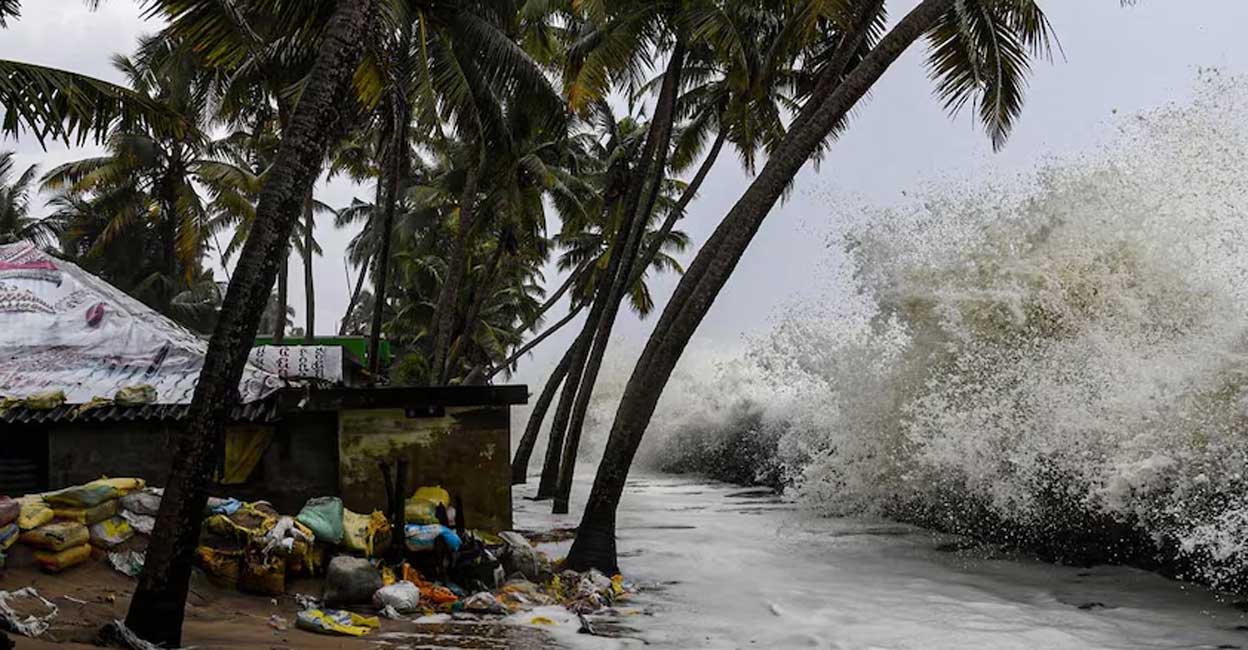Are all giant waves crashing ashore signs of Tsunami?

Mail This Article
'Kallakadal' is a phenomenon often discussed in connection with the monsoon season in Kerala. It refers to the unexpected and unpredictable surge in sea level, during or before the onset of the monsoon. Previously, in Kerala's coastal areas, any oceanic turbulence that was not a part of the tide or monsoon was locally termed 'Kallakadal.' However, after the 2004 Tsunami, there has been an increased focus on high waves and coastal flooding.
This led to a more serious study of this phenomenon. People began to understand that 'Kallakadal' was a distinct event. Although UNESCO recognized 'Kallakadal' as a scientific and technical term in 2012, a scientific study of its origin wasn't conducted until 2016.
A study conducted in 2016 by the Indian National Center for Ocean Information Services (INCOIS) in Hyderabad revealed that 'Kallakadal' is a result of variations in global sea temperatures and climate change. Weather changes occurring in the Indian Ocean or the South Atlantic Ocean, below the 30-degree latitude line, contribute to 'Kallakadal'. Cyclones in these distant oceans generate high waves called swell waves.
Often, 'Kallakadal' waves are mistaken for Tsunami waves, especially when they occur in areas where they haven't been observed before. Tsunami waves are caused by underwater earthquakes, volcanic eruptions, or similar phenomena. 'Kallakadal,' on the other hand, originates from low-pressure systems or cyclones in the atmosphere. These powerful weather systems push accumulated ocean water towards the Indian coast, creating strong waves. These waves can travel over a thousand kilometres.

While Tsunami waves can reach heights of 30 to 40 meters, 'Kallakadal' waves can reach a maximum height of 11 meters. Presently they seem to range from 0.5 to 1.5 meters. The height can increase during high tide.
In the past, the impact of 'Kallakadal' was primarily limited to the coasts of southern Kerala and Lakshadweep. However, this phenomenon has now spread to the coasts of Malabar, Karnataka, and even the eastern parts of Tamil Nadu. The scientific community attributes this expansion to climate change and global warming.
(Courtesy: Dr. Subhash Chandrabose, Environmental Activist)

